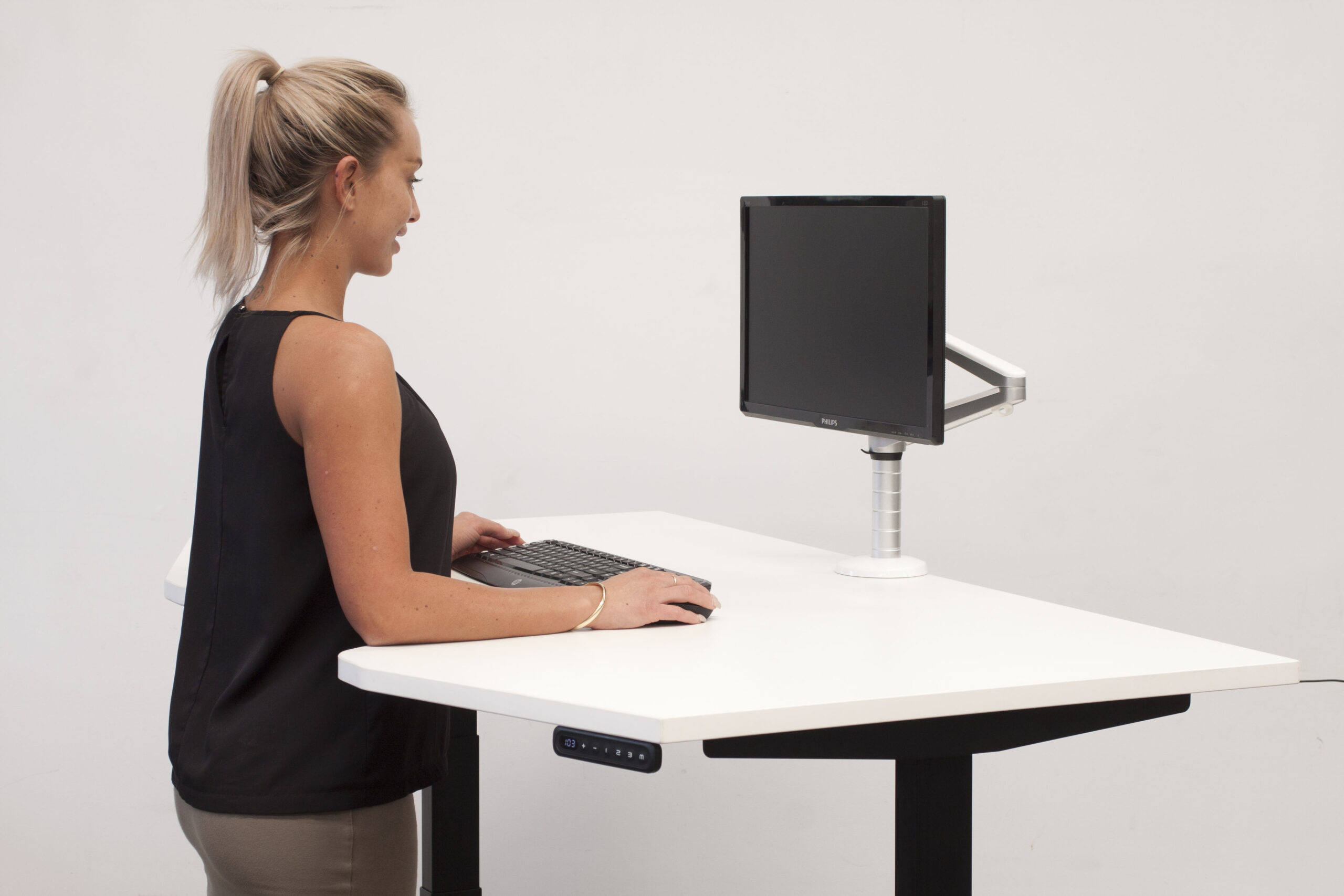Digital ergonomics is an umbrella term encompassing digital models and approaches for product and a social/technical integrated work system development, implementation, and continuous improvement. The focus of digital ergonomics is on individuals. It is the starting point for developing safe, healthy, and usable components and systems.
3 key concepts of Digital Ergonomics
Anthropometry – The science of measuring human body dimensions precisely.
Biomechanics – The investigation of bodily movement patterns and the capabilities of biological musculoskeletal systems.
Cognitive psychology – Human cognitive processing functions include how we understand and assess things, learn, recognise, compare, consider, solve problems, and make decisions, among other things.
Digital Ergonomics in the Furniture Sector
Efficiency and profitability, sustainability, wellbeing, and work-life balance are all common themes in the furniture sector. We examine open and closed-office designs to assist achieve these goals. These ongoing issues contribute significantly to the creation of items for built environments. There is a lot of effort put into making these goods ergonomic, physically appealing, and environmentally friendly. Next, we must explore how we may expand on these themes to go toward virtual services.
This industry emerged in a time when labour was performed in physical regions using physical tools. All of these elements are still essential, but the vast majority of work is now done digitally via email, messaging, cloud-based storage, and a variety of virtual products rather than in physical locations. Manufacturing expertise makes it easy to ignore – or be unaware of — digital solutions. However, examining ideas in efficiency and profitability, sustainability, wellness, and work-life balance may reveal new prospects.
The technology industry is increasingly focused on “digital wellbeing.” When customers connect with software, their mental and physical health should be supported in a measured way. To promote healthy behaviour, adjust the colour of screens at night to aid circadian cycles and set time limits for mobile phones.
How Can We Integrate Digital Ergonomics
This is where Digital Ergonomics enters the picture. The development of digital productivity tools is accelerating. These instruments, however, struggle to accommodate the complexities of modern work. Both the physical and digital spheres of technology will unavoidably begin to address these complex issues. As technology advances, so will our understanding of the physical-digital link. New, inventive solutions to help people and businesses move from place to place, from home to workplace, and on aircraft, trains, and vehicles will emerge. Startup teams usually lack the quantities of process research that the furniture industry has amassed over decades. Digital tools frequently fail to consider the user’s physical environment. Of course, the furniture industry does considerable research on labour, ergonomics, and physical settings.
This is one viable development opportunity for the furniture industry, which is booming but stagnant. As the line between physical and digital objects blurs and more work moves online, new solutions emerge.
Digital ergonomics can be used to improve the effectiveness of products and systems. Because of virtual intervention, design faults are recognised early and minimised in the final execution.




